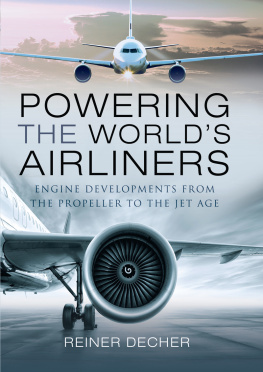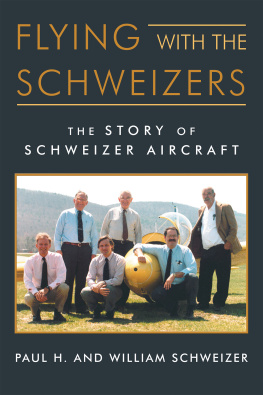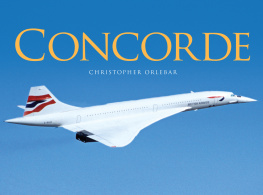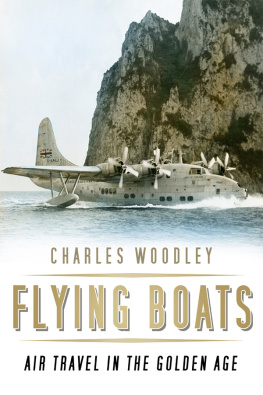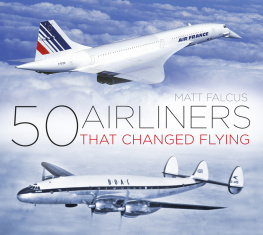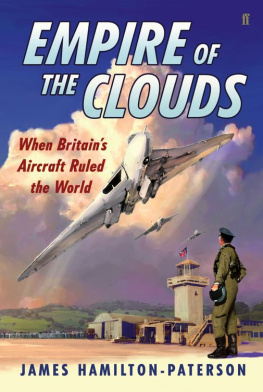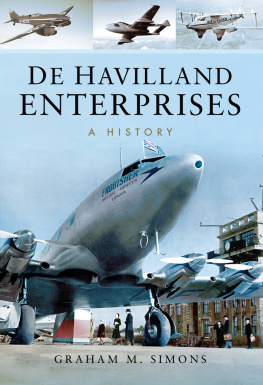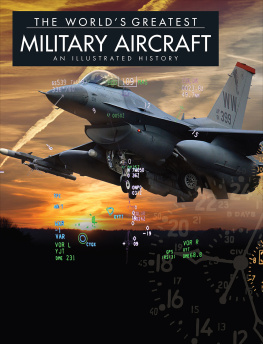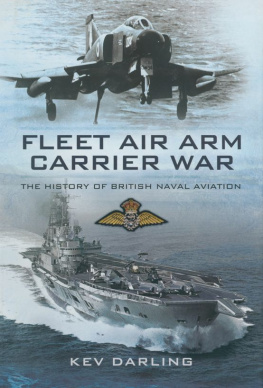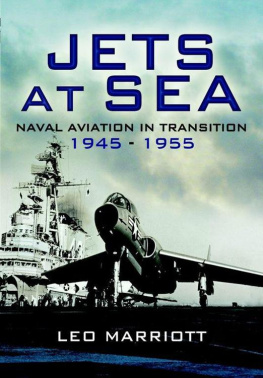THE WORLDS GREATEST
CIVIL AIRCRAFT
AN ILLUSTRATED HISTORY
Paul E. Eden

This digital edition first published in 2015
Published by
Amber Books Ltd
7477 White Lion Street
London N1 9PF
United Kingdom
Website: www.amberbooks.co.uk
Appstore: itunes.com/apps/amberbooksltd
Facebook: www.facebook.com/amberbooks
Twitter:
Copyright 2015 Amber Books Ltd
ISBN: 978-1-78274-272-2
All rights reserved. With the exception of quoting brief passages for the purpose of review no part of this publication may be reproduced without prior written permission from the publisher.
The information in this book is true and complete to the best of our knowledge.
All recommendations are made without any guarantee on the part of the author or publisher, who also disclaim any liability incurred in connection with the use of this data or specific details.
Picture Credits:
Airbus: 155, 186, 198, 199, 214, 215
Amber Books: 29
Art-Tech/Aerospace: 6, 7, 16, 21, 25, 28, 3245 (all), 5392 (all), 96, 100, 104114 (all), 122, 127135 (all), 143154 (all), 158163 (all), 170178 (all), 183, 202
Bombardier: 179, 194, 195
Cody Images: 8, 12, 13, 17, 49, 93, 97, 126
Dreamstime: 101 (Icholakov)
Embraer: 206, 207, 210, 211
Public Domain: 119, 167, 191
All artworks courtesy Art-Tech except for the following: Amber Books: 115 (bottom), 123, 175, 187, 192/193, 197, 203, 204/205, 205, 208/209, 212/213, 216/217, 217

www.amberbooks.co.uk
Contents
Introduction
In a little over 100 years, commercial aircraft have developed from the frail wood and fabric machines of the 1910s, capable of carrying little more than a passenger or packet of mail, into one of the most efficient means of long-range transportation ever designed.
Commercial aircraft are used to fly passengers and freight in order to generate revenue for their operators. When Wilbur Wright took the first passenger aloft on 14 May 1908 the seed for all subsequent airline operations was sown. The first cargo, two packages of silk, was flown between Dayton and Columbus, Ohio, on 7 November 1910, although a major driver of non-passenger operations was mail Henri Pequet flew 6500 letters across the Jumna River from Allahabad to Naini Junction, India, on 18 February 1911, completing the first official airmail flight.
Delivering mail by air reduced delivery times dramatically and airmail took on particular importance for the U.S.airline industry and for Lufthansa, the German state airline. Germany exerted considerable influence in South America after World War I, doing much to establish the earliest commercial operations in the region. Lufthansa also expended considerable effort facilitating airmail routes from Europe to Latin America, driving the development of high-performance seaplanes and overwater navigation techniques.
The Concorde programme remains among the most significant engineering achievements ever. It produced an airliner of immense performance but flawed economics it served only British Airways and Air France.
The very first commercial operators were limited by the capability of their aircraft, but soon the manufacturers began building purpose-designed airliners, with enclosed passenger cabins, space for baggage and increasingly sophisticated navigation and communications systems. Some aircraft builders quickly saw that reliability and safety were the most important factors in creating a successful airliner and Junkers was first to crystallize this thinking into a single airframe the F13. The first all-metal airliner, the F13 set the standard for others to follow and established Junkers as a major force in commercial aircraft design until shortly before World War II, when a new paradigm emerged from Boeing the Model 247. Boeing sold relatively few of the Model 247, but it represented the next major advance in airliner design, introducing many of the features considered standard today. Built in metal, with a comfortable, heated and ventilated cabin, the aircraft featured retractable landing gear and two engines, each powerful enough to maintain altitude should the other fail.
Trans World Airlines was instrumental in the development process that created the Douglas DC-3, shown here, via the DC-1 and DC-2. The DC-3 was the most important commercial aircraft of the immediate pre-World War II period and helped establish Douglas as the pre-eminent airliner manufacturer into the early 1950s.
Boeings wartime preoccupation with bomber construction allowed Douglas to become the undisputed leader in commercial aviation in the immediate aftermath of World War II, but it fell to Great Britains de Havilland to take the next developmental stride. Britain and Germany had both flown jet fighters in combat during the later years of the war and now de Havilland applied jet technology to commercial aviation, producing the Comet.
The worlds first jet airliner, the Comets somewhat conservative design nevertheless allowed it to outperform every piston-engined aircraft, but a series of accidents stymied the programme. While de Havilland was fixing its aircraft, Boeing came up with a truly modern jet airliner, the Model 707, truly the template for commercial jet transport. The U.S. planemaker quickly established a market leadership that only Airbus has been able to challenge and then only in recent years.
Passengers quickly became accustomed to flying large distances on swept-wing jet-powered aircraft, but the piston engine still reigned on shorter routes. While Lockheed and the UKs Vickers created successful turboprops for these sectors, the travelling public and airlines began to demand aircraft comparable to those on the long-haul services. Soon Douglas and Boeing were following in the wake of the Caravelle from French company Sud-Est to produce their own short-haul jets. Douglas took the lead with its DC-9, but Boeing fought back with the 737, still the worlds best-selling jetliner.
With the sheer number of aircraft movements at overcrowded airports threatening to jam the air transport system, Boeing recognized that aircraft of much higher capacity were needed. While Europe wasted money on the technically superb but commercially flawed Concorde, Boeing created the first widebody and began the next major evolution in airliner technology the 747 Jumbo Jet remains in production more than four decades later.
The commercial aircraft market remained Boeings plaything until the late 1960s, when a threat to its dominance at last took shape. Western Europes major aircraft manufacturers had joined forces to create Airbus Industrie and its first product, the short/medium-haul A300 widebody, caught Boeing napping. Since then the two have become the major commercial aircraft rivals.
Airbus continues to challenge the 737 with its A320 family, while the makers trade blows in the medium and long-haul markets with the 767, 777 and 787, and A330 and A350 XWB. Boeings 747-8, the latest and most advanced Jumbo, falls short of the massive passenger capacity of the double-deck A380 Super Jumbo, but neither has sold particularly well. Now both manufacturers are promising double-digit fuel burn improvements with new models for the near future, mirroring on a grand scale the similar battles of the regional jet market between Canadas Bombardier and Brazils Embraer. The world of commercial aircraft has never before been so technologically advanced, nor so demanding.


